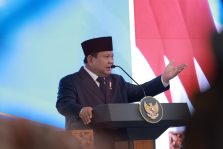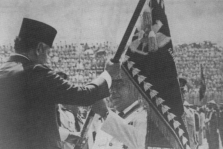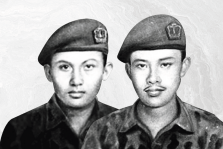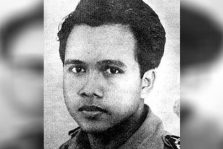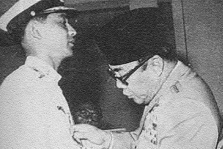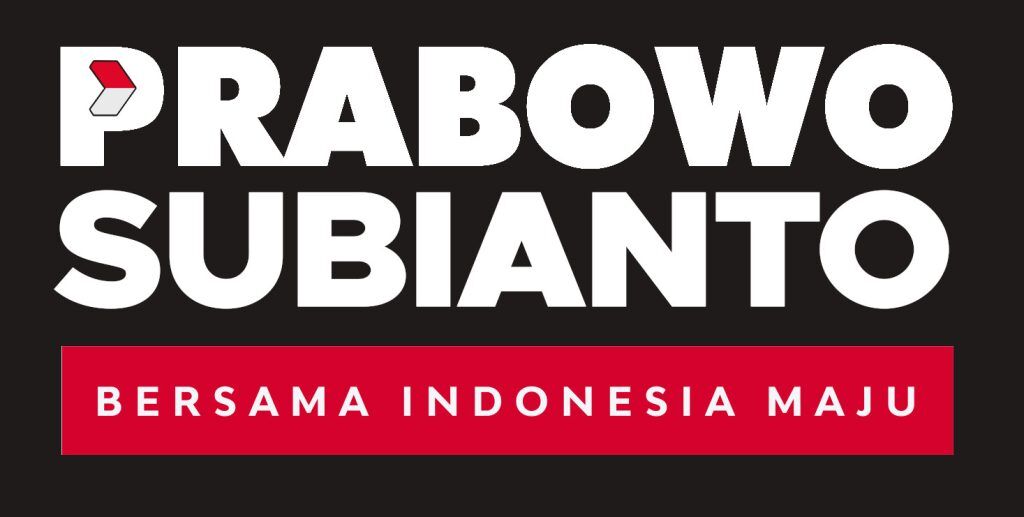By: Prabowo Subianto [taken from the Book: Military Leadership Notes from Experience Chapter I]
The story about Prince Diponegoro’s resistance is well known. Diponegoro, a Javanese prince, managed to ignite the fighting spirit of the Javanese people and rallied the people to mount a relentless guerrilla assault on the Dutch.
Diponegoro and Sentot Ali Basha raised the awareness that all Javanese people were an integral part of the struggle against the invaders.
The story of Diponegoro’s resistance against the Dutch by guerrilla means became the inspiration for the struggle of General Sudirman, 100 years after Diponegoro’s fight in the early 18th century.
Prince Diponegoro rose to prominence when the Dutch colonials had considerable hold of Java. They could even dismiss or remove the king.
For example, the anti-Dutch Hamengkubuwono II, Sultan of Yogyakarta, was forced to step down by the Dutch Governor-General in Batavia. Prince Diponegoro’s resistance against the Dutch escalated when the Dutch seized land owned by the people of Tegalrejo Village. Prince Diponegoro was enraged and immediately declared war against the Dutch because the Dutch marked the ancestral tombs of Prince Diponegoro with stakes without permission.
The Diponegoro war eventually spread to several regions. Various groups, including the Javanese aristocrats, ulemas, madrasa students, and ordinary people, threw their support behind Prince Diponegoro. A number of influential figures such as Kyai Maja, Pakubuwono VI, and Raden Tumenggung Prawirodigdaya also took part in supporting Prince Diponegoro.
In his struggle against the Dutch, Prince Diponegoro launched a guerrilla war and waged a holy war against the Dutch. In the first two years of the Diponegoro war, Diponegoro’s troops achieved many victories.
However, during the resistance, Prince Diponegoro’s troops were overwhelmed because the Dutch forces, led by Hendrik de Kock, applied the Fort Stelsel strategy. The Fort Stelsel strategy consisted of establishing fortifications in each conquered area and then connected the areas with roads to facilitate the seamless movement of troops.
Then, key Diponegoro ‘lieutenants’ such as Kyai Maja were arrested in 1892 and, later, Sentot Ali Basha.
On 28 March 1830, the Dutch forces captured Diponegoro in Magelang by deceiving him into a negotiation. Prince Diponegoro did not give up even though the conditions were not in his favour. This frustrated the Dutch further, and they attempted to restart negotiations with Prince Diponegoro to end his resistance.
However, Prince Diponegoro refused to cease his struggle and was exiled to Ungaran, Semarang (29 March-5 April 1830). Then, he was transferred to other regions such as Batavia (8 April-3 May 1830), Manado (13 June 1830-20 June 1833), and finally Makassar (June 20, 1833-January 8, 1855).
The story of Diponegoro’s guerilla-style resistance in the early 19th century against the Dutch inspired General Sudirman one hundred years on. Much like Prince Diponegoro, General Sudirman was also an unrivalled military leader in the history of Indonesia.


